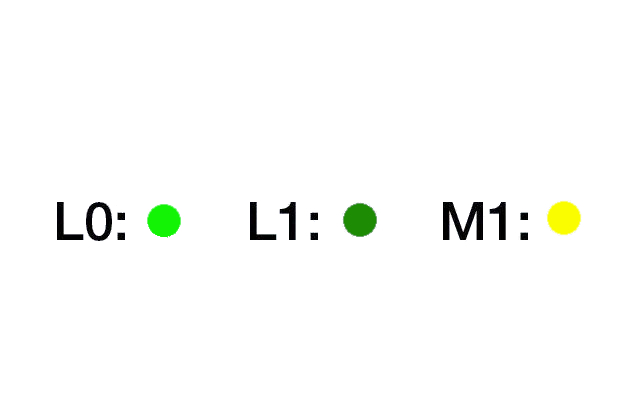|
Wetting balance (wettability tester, wetting balance tester, meniscographic tester)

In general, the so-called wetting balance is used for measuring the wettability of a solder alloy and the effect of the fluxing agent required for this purpose. In this method, a test sample hangs on one end of a balance which is then immersed into an underlying solder bath. The surface tension of the solder bath and the buoyancy push the specimen upward. At the same time, an external force (dyn) is applied to the test sample, holding it in place. The degree of wetting of the test object in the solder bath can be determined by measuring the force needed to fix it in the vertical position.

However, the sensitivity of the force measurement is very limited in the conventional method and there is a time delay relative to the actual movement of the sample. The efficiency of the soldering flux and the associated time savings play a central role in today’s soldering processes. Figure 2 shows wetting curves generated by such a wetting balance for two samples that were coated with the high-quality flux A and inferior flux B, respectively. The quality of the flux could not be distinguished. Therefore, manufacturers Nihon Almit and Shinku Riko developed a new method of measurement, which determines the change in position of the specimen directly with the help of a differential transformer (see Figure 3). The direct measurement ensures high sensitivity and is a good indicator of the quality of the flux (see Figure 4). The derivative of the movement curve (see Figure 5) provides immediate information on the speed of wetting at the beginning of the soldering process. The development of this measurement principle was thus a major step forward in the study of solder fluxes and solder alloys. See also Meniscograph.
 |
 |

|






